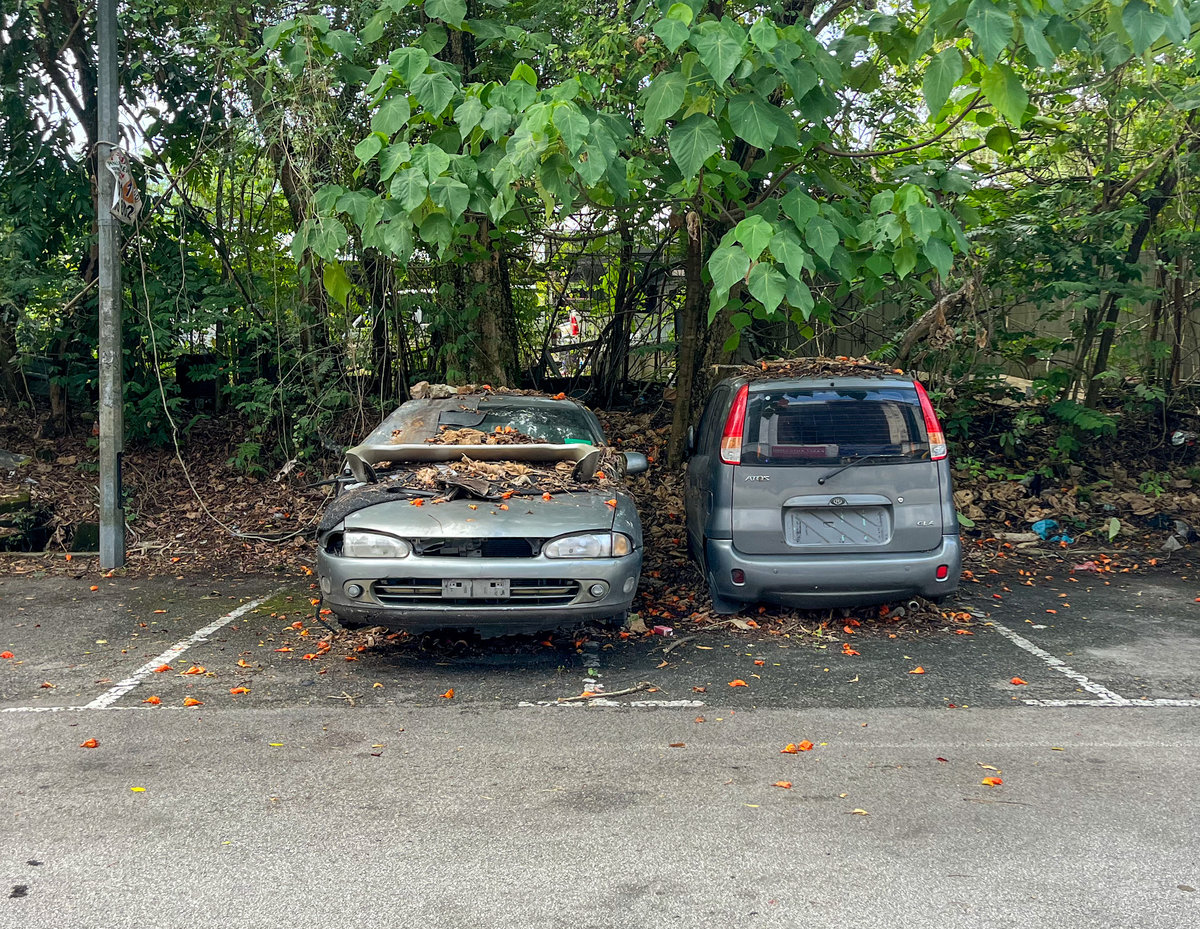PETALING JAYA: The issue of abandoned vehicles continues to affect public spaces despite enforcement policies and disposal programmes by local councils.
Experts warn that the presence of more than 2,000 abandoned cars annually is hindering the effectiveness of public housing areas, from urban planning and transport economics perspectives.
Universiti Teknologi Mara Institute of Transport (Legal Services and Quality) head Dr Siti Ayu Jalil said such vehicles represent a misuse of public land, often obstructing emergency access, school bus routes and waste collection services.
“Although local councils have regulatory frameworks under the Street, Drainage and Building Act 1974 and national guidelines to manage abandoned vehicles, we need more proactive public involvement.”
She warned that if the problem persists, it could strain public amenities, encourage illegal dumping and vandalism, compromise community safety and degrade property values.
“Local councils are also burdened with the high cost of identifying, tagging, towing and disposing of these vehicles. Such resources could be better allocated elsewhere.”
She cited the 2022 Voluntary Disposal Scheme by the Ampang Jaya Municipal Council, in collaboration with the Road Transport Department (RTD), which successfully removed 50 vehicles by cancelling their registrations.
“The scheme offers buy-back or scrappage incentives to encourage owners to surrender unused vehicles. It is worth replicating nationwide.
“Community engagement tools, such as WhatsApp hotlines and online reporting systems, are also crucial for the public to flag abandoned vehicles.”
Siti Ayu said such vehicles distort parking occupancy data, leading to flawed urban planning decisions and misdirected parking policies.
“This misrepresentation undermines public transport strategies and low-carbon goals, especially in cities aiming to reduce private car use and promote
shared mobility.
“It also exposes enforcement gaps, weak coordination with the department and the lack of efficient deregistration processes,” she said, adding that the Road Transport
Act 1987 does not give councils enough power to quickly tow or auction such vehicles.
She stressed that a proper tracking or deregistration system would ease the burden on communities, particularly in high-density areas, and simplify the process for residents.
“Many low and lower-middle income residents leave old cars idle because repairs cost more than the resale value. Without strong penalties or enforcement, financial hardship often prevents them from disposing these vehicles,” she said.
Universiti Putra Malaysia Road Safety Research Centre head Assoc Prof Dr Law Teik Hua said the problem is especially serious in densely populated areas, where abandoned cars pose safety, health and environmental risks.
“These vehicles often block emergency routes, delaying fire engines, ambulances or police in critical situations,” he said.
“They frequently become dumping sites, attract pests and in some cases harbour illicit activities. Some even contain flammable materials, heightening fire risks in already cramped neighbourhoods.”
He said addressing the issue demands a multi-pronged approach, blending better enforcement with community engagement.
He proposed that Malaysia adopt international best practices, such as Singapore’s seven-day removal notice or Japan’s strict parking verification rules.
Other measures include creating a national database of abandoned vehicles, introducing harsher penalties for repeat offenders and rolling out incentive programmes for proper disposal.
Minister in the Prime Minister’s Department (Federal Territories) Datuk Seri Dr Zaliha Mustafa said more than 2,500 complaints about abandoned vehicles are lodged each year in Kuala Lumpur.
She said the Federal Territories Department has been instructed to work with RTD to review legal loopholes hampering action on abandoned vehicles in Kuala Lumpur and Putrajaya.









